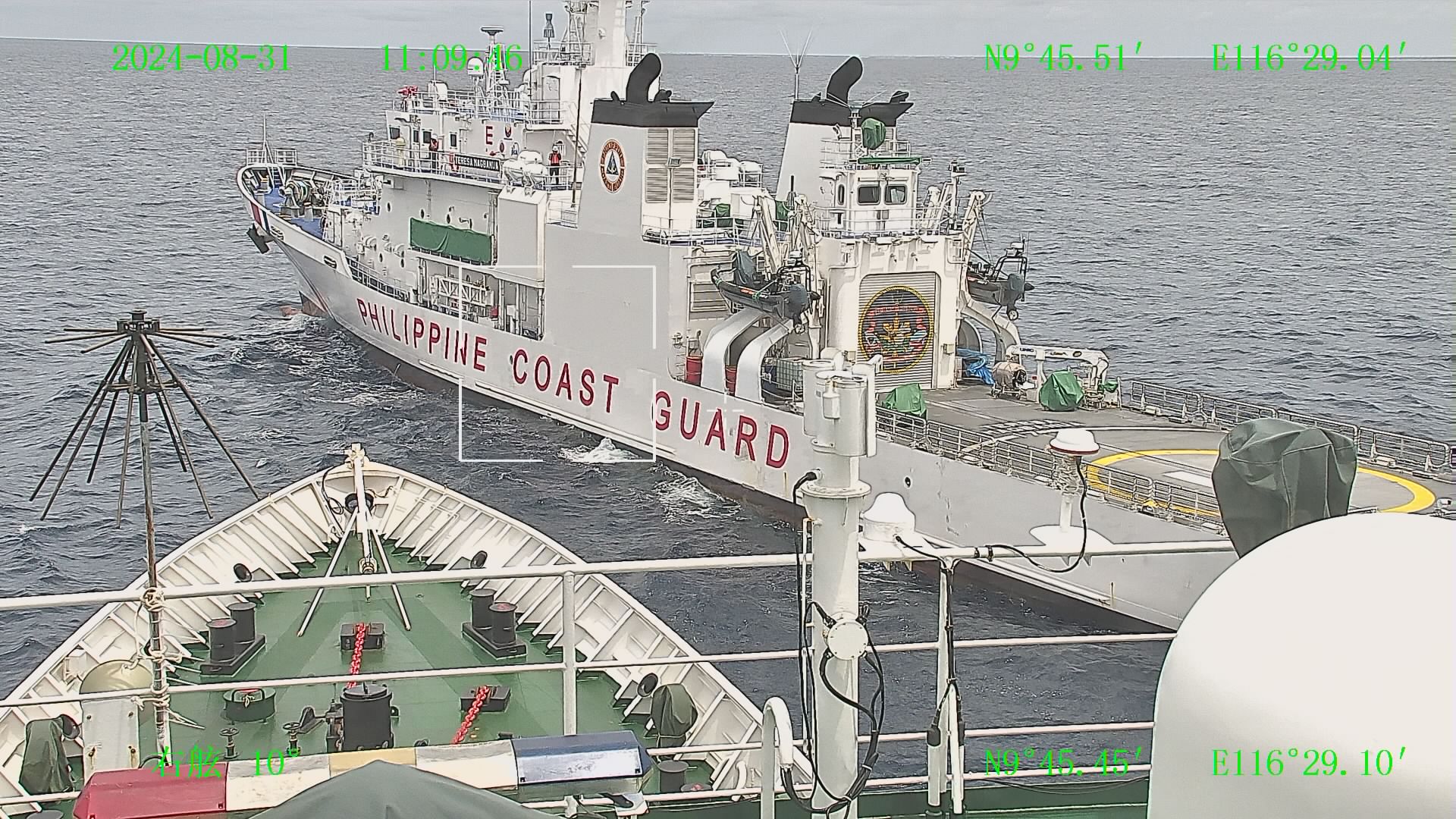The Philippine Bureau of Fisheries and Aquatic Resources accused the China Coast Guard of aggressively confronting a Filipino government vessel engaged in sand collection for a research project. This incident, which took place on Wednesday, marks a significant escalation in ongoing tensions between the two nations in the contested South China Sea.
The encounter occurred near a group of small sandbanks in the Spratly Islands, where two Filipino ships were conducting marine scientific research. According to the bureau’s statement, at approximately 9:13 AM, the China Coast Guard vessel 21559 resorted to using water cannons and sideswiping the BRP Datu Sanday, a maneuver described as putting the lives of its civilian personnel at risk. This incident is notable as it represents the first documented use of water cannons against Philippine vessels near the disputed Sandy Cay reef.
The bureau described the actions of the China Coast Guard as “aggressive interference, dangerous maneuvers, and illegal acts,” which resulted in visible damage to the Philippine ship, specifically to its port bow and smokestack. Despite the aggressive tactics employed by the Chinese vessel, the Philippine scientific team persevered and successfully completed its operations in the Pag-Asa Cays, known locally as Sandy Cays.
In response, China’s foreign ministry spokeswoman Mao Ning claimed she was unaware of the specifics of the incident. She emphasized that the Chinese Coast Guard operates within the parameters of relevant laws and regulations.
This incident follows a series of confrontations in the region. Last month, the Philippines criticized a report from Chinese state media that alleged the imposition of Chinese control over Sandy Cay 2, calling it “irresponsible.” The narrative provided by the Chinese state broadcaster asserted that control measures were implemented over the Tiexian Reef in mid-April.
The situation remains tense as both nations navigate their claims and activities in the strategically vital and resource-rich waters of the South China Sea.



















